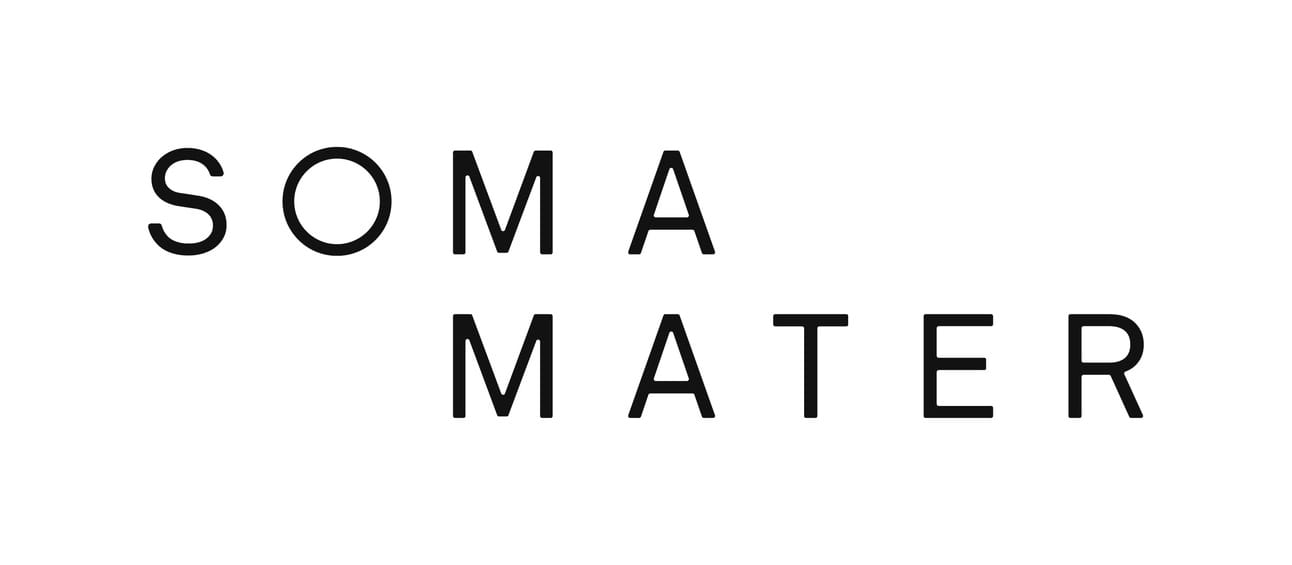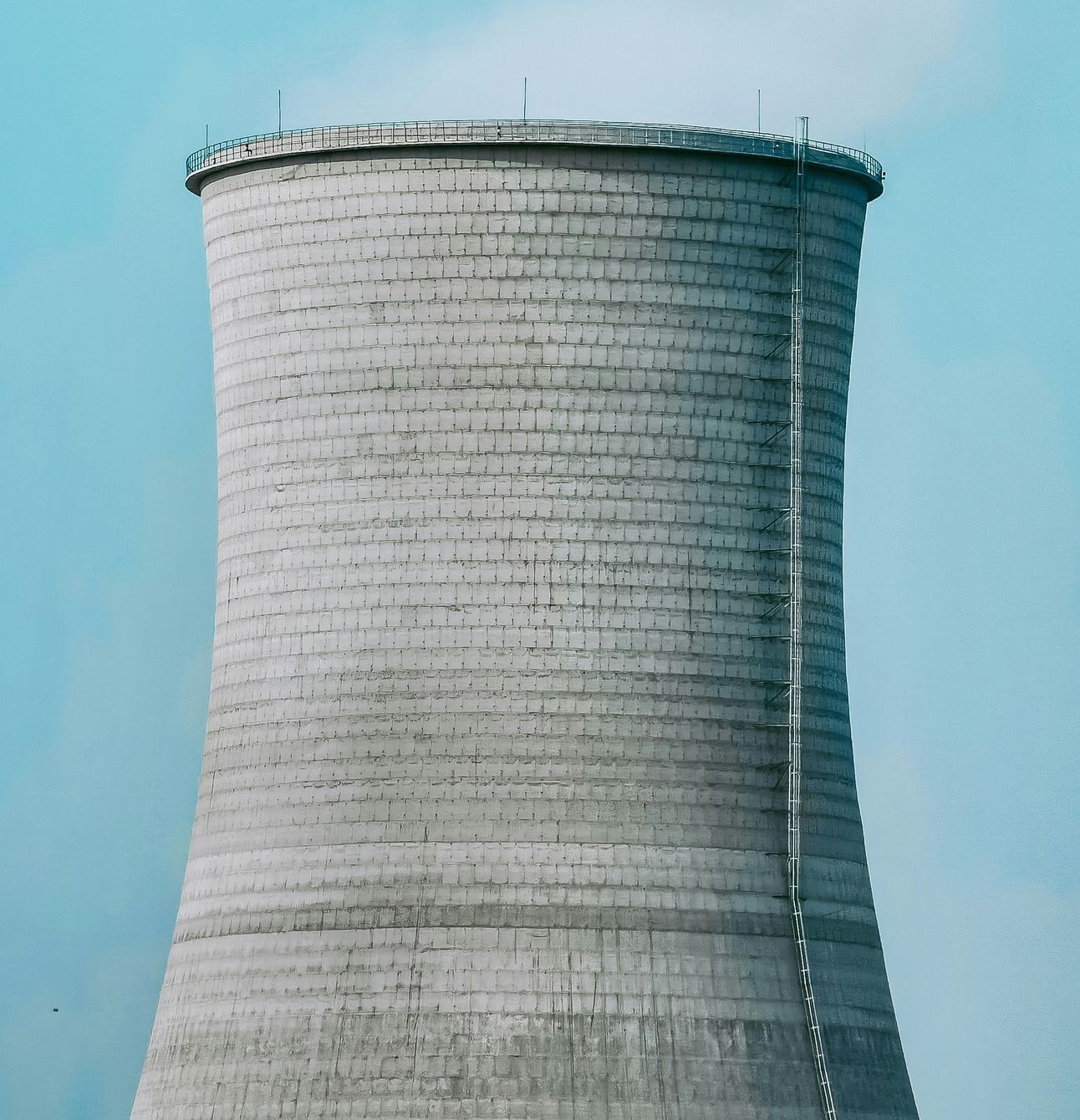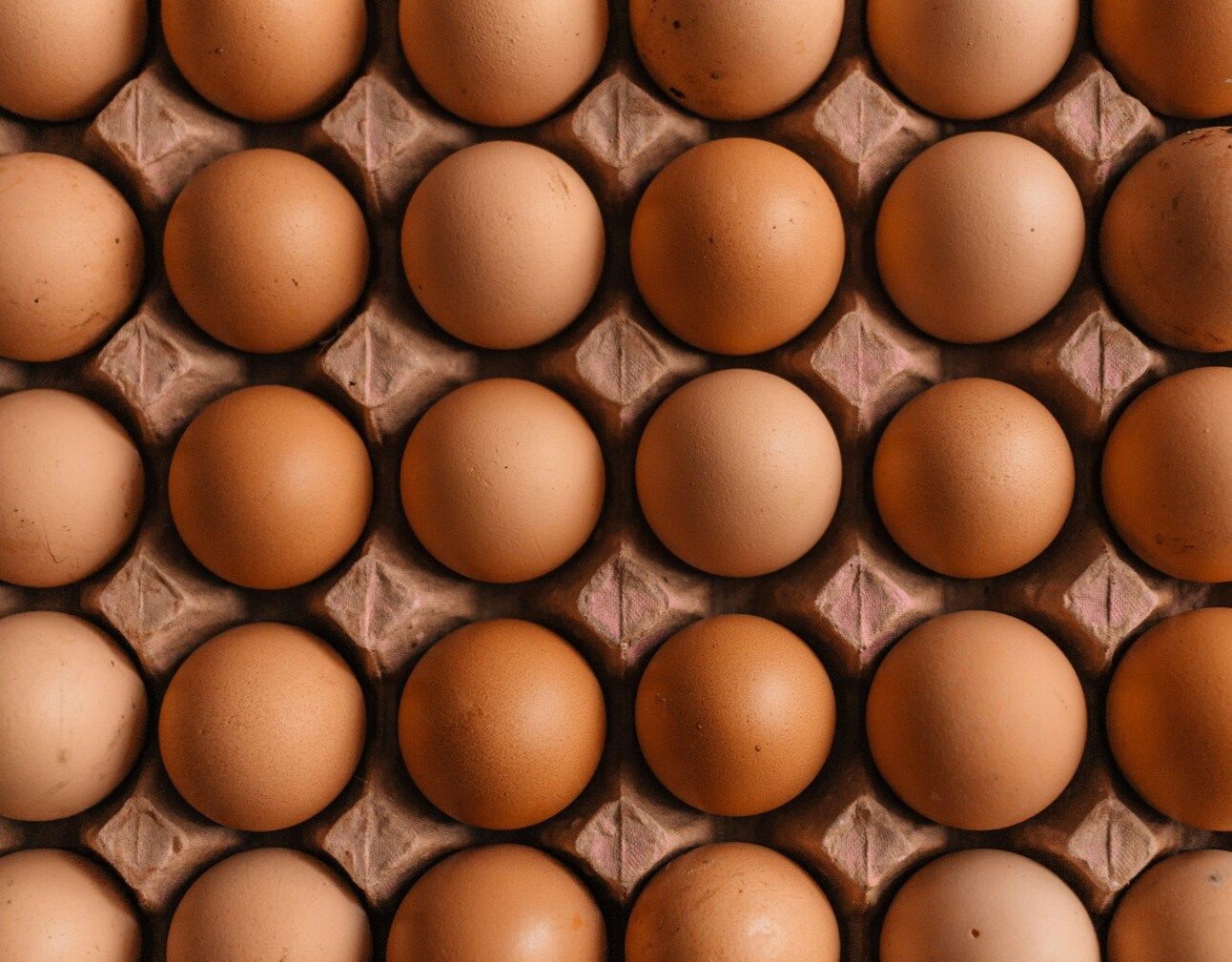- Soma Mater's Newsletter
- Posts
- SOMA Newsletter
SOMA Newsletter

Welcome to the SOMA MATER weekly newsletter.
At SOMA MATER, we specialize in delivering comprehensive research and advisory services with a focus on Food & Water Security and Net Zero Transition in the MENA Region. In order to support our subscribing clients in navigating these topics and understanding the regional narrative, we produce monthly Food and Water Security and Net Zero Transition Intelligence Reports, along with our in-depth analysis and insights.
This weekly newsletter highlights the top 3 stories from the past week in Food and Water Security and Net Zero transition, along with SOMA MATER's analysis and perspective.
How is Jordan planning to leverage its uranium reserves and what is its potential impact on the MENA region's nuclear landscape?
What economic impacts could businesses face if they fail to address climate change mitigation, according to the latest Boston Consulting Group (BCG) and World Economic Forum (WEF)'s Alliance of CEO Climate Leaders report?
What is Saudi Arabia’s self-sufficiency rate currently in domestic poultry production and what measures are being taken to ensure stable supply during Ramadan?
Sustainably yours,
The SOMA team
Yellow(cake) Brick Road: Jordan's Journey to Uranium Mining Expertise
#NetZeroTransition

Jordan is advancing plans to leverage its $6.3 billion worth of uranium reserves as a cornerstone of its energy security and economic growth strategy. The country's reserves, comprising 42,000 tonnes of uranium oxide in central Jordan's carbonaceous rocks and an estimated 200,000 tonnes in phosphatic deposits, position it for significant role in the global nuclear energy market.
A strategic partnership with Kazakhstan's Kazatomprom, the world's largest uranium producer, led to the signing of a new MoU focused on technology transfer and mining expertise. JUMCO, Jordan's mining company, has already demonstrated progress with its pilot plant in Swaqa, successfully producing yellowcake and testing heap leaching technology for scaled production. The project's economic potential is further enhanced by predictions that uranium prices could double from today’s $150 per kilogramme to $300 per kilogramme in the coming years.
This development is particularly significant in the regional context, where nuclear energy adoption has been limited. Currently, Iran (Bushehr-I facility) and the UAE (Barakah facility) stand as the only countries with nuclear power plants in the MENA region. Other countries like Egypt, Turkey, and Saudi Arabia plan to follow. Saudi Arabia has plans to develop 17 GWe of nuclear capacity by 2040. Jordan's commitment to domestic yellowcake production, coupled with rising global demand from countries expanding their nuclear capacity, positions it well for future export opportunities.
SOMA’s Perspective:
Jordan's move represents a subtle shift in the MENA region's approach to energy diversification. With Iran and the UAE currently being the only regional players with operational nuclear power plants, Jordan's entry into uranium production could catalyze broader nuclear energy adoption across the MENA region. This is also expressed in Saudi Arabia's plans to develop nuclear capacity in the following years. Countries in the MENA region are increasingly looking beyond traditional fossil fuels toward more diversified and sustainable energy solutions to meet their net-zero commitments, as we near these deadlines.
Sources:
Money Talks, Climate Walks: The Price Tag for Corporate Survival
#NetZeroTransition

Boston Consulting Group (BCG)'s collaboration with World Economic Forum (WEF)'s Alliance of CEO Climate Leaders in the latest ‘The Cost of Inaction: a CEO Guide to Navigating Climate Risk’ report reveals the impact of climate change on businesses. Companies that proactively incorporate adaptation, decarbonization, and resilience into their strategies are positioned to thrive, while those failing to act risk both competitiveness and survival. The stark reality is reflected in the $3.6 trillion in economic damages caused by climate-related disasters since 2000, with projections indicating a potential 16-22% cumulative reduction in global GDP by century's end.
The impact is particularly severe in Africa and the Middle East, where companies in oil and gas, industrial, and healthcare sectors face potential yearly EBITDA losses of 5-10% by 2050 due to physical risks. Low-and middle-income countries, despite contributing least to global warming, face higher vulnerability due to their dependence on outdoor labor and agriculture, weaker infrastructure, and limited adaptation resources. The situation is further complicated by these regions' struggle to finance essential resilience projects.
The report suggests a path forward through strategic investment and action. Investment in global climate change mitigation can pay off up to five-fold. Global climate change mitigation investments, requiring approximately 3% of global GDP (2% for mitigation, 1% for adaptation), could prevent 10-15% in GDP losses over the century. Most industries have the potential to reduce their carbon emissions by 10-60% through cost-effective measures such as improved efficiency, renewable power adoption, and heat electrification. Companies taking these steps see benefits like reduced fossil energy costs, improved asset risk profiles, and stronger market positioning.
SOMA’s Perspective:
The BCG and WEF report highlights how environmental concerns have begun to evolve into concrete financial imperatives. The report's revelation that proactive climate investments could prevent 10-15% in GDP losses over the century demonstrates that climate action is not just an environmental imperative but a crucial business survival strategy. As we race against time, this quantification of climate inaction's costs serves as a catalyst for corporate decision-making, particularly in the Middle East regions where the impacts are expected to be most severe.
Sources:
From Farm to Iftar: Saudi's Poultry Success Story
#FoodandWaterSecurity

Poultry is a Ramadan staple throughout Saudi Arabia. Saudi Arabia's local poultry production has now exceeded 1 million tons and achieved a 72% self-sufficiency rate. During Ramadan, the Ministry of Environment, Water, and Agriculture launched the "Our Table from Our Land" campaign to promote local food consumption and ensure stable supply chains during heightened demand.
In 2020, the government strategically shifted from imported feed subsidies to production-based subsidies, incentivizing efficient and well-managed producers. This approach has proven effective, with consumption reaching 1.32 million tons in 2022, while per capita poultry consumption stands at 43.40 kg/year, making it the second most consumed animal-based product after milk.
The growth in Saudi Arabia's poultry sector has been supported by major industry players. Al Watania Poultry recently unveiled the Middle East's largest cooling plant with a 17,700 kW capacity and an automated slaughterhouse capable of processing 36,000 birds per hour. Almarai committed $1.8 billion to expand poultry production by 50-70% by 2026, aiming to increase processing capacity from 250 million to 450 million birds annually. The sector has also attracted international partnerships, such as the recent collaboration between the Food Development Company and Brazilian poultry giant Vibra, involving an investment of over $150 million.
SOMA’s Perspective:
Saudi Arabia's poultry sector has progressed through strategic investments and partnerships. The combination of government support through production-based subsidies, major domestic players' expansion plans, and international collaborations boosts the Kingdom towards achieving its goal of 80% self-sufficiency in poultry meat production by 2025. The sector still faces challenges, particularly in feed supply, which constitutes 70% of production costs. This is already being tackled by recent announcements of ARASCO and Bühler having signed an MoU to enhance feed production efficiency in Saudi Arabia.
Sources:
https://apps.fas.usda.gov/newgainapi/api/Report/DownloadReportByFileName?fileName=Poultry and Products Annual_Riyadh_Saudi Arabia_09-01-2020
https://www.statista.com/statistics/1495722/saudi-arabia-poultry-consumption/#:~:text=In 2022%2C around 1.32 million,during the prior four years.
SOMA MATER is writing Intelligence Reports on the topics of Food and Water Security and Net Zero Transition. If you’d like to know more, contact us through the link below: